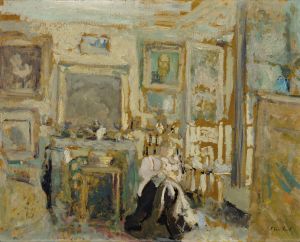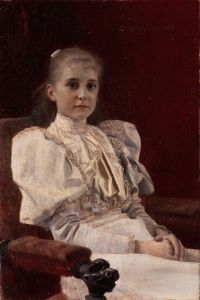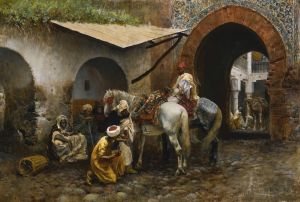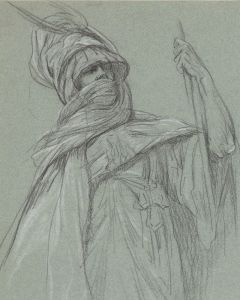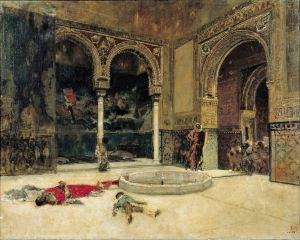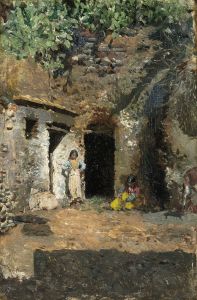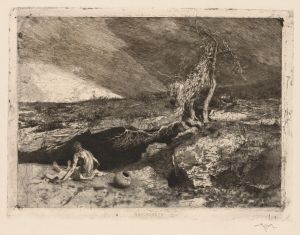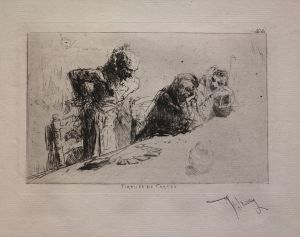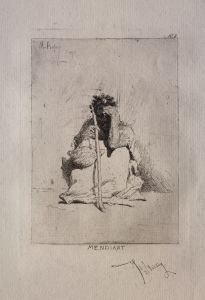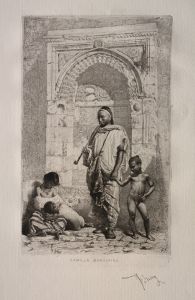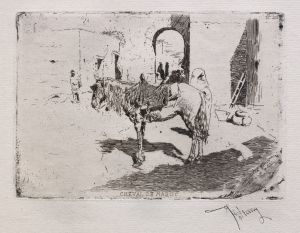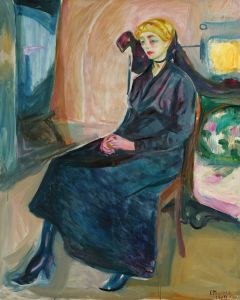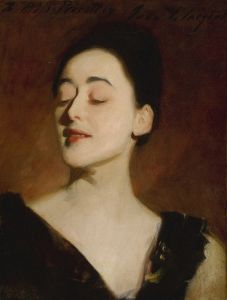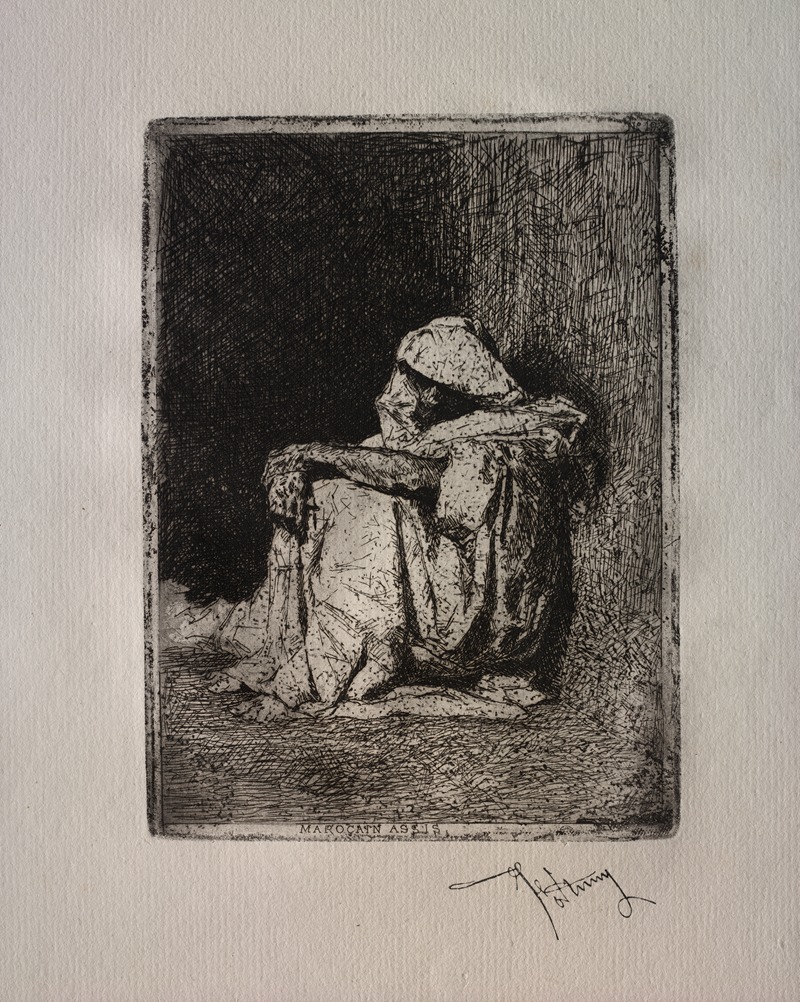
Seated Arabian
A hand-painted replica of Mariano Fortuny Marsal’s masterpiece Seated Arabian, meticulously crafted by professional artists to capture the true essence of the original. Each piece is created with museum-quality canvas and rare mineral pigments, carefully painted by experienced artists with delicate brushstrokes and rich, layered colors to perfectly recreate the texture of the original artwork. Unlike machine-printed reproductions, this hand-painted version brings the painting to life, infused with the artist’s emotions and skill in every stroke. Whether for personal collection or home decoration, it instantly elevates the artistic atmosphere of any space.
"Seated Arabian" is a painting by the Spanish artist Mariano Fortuny Marsal (1838–1874), a prominent figure of 19th-century European art. Fortuny was known for his meticulous attention to detail, vibrant use of color, and his ability to capture the essence of diverse cultural subjects. This work is one of many that reflect his fascination with Orientalism, a genre that romanticized and depicted the cultures of North Africa, the Middle East, and Asia as seen through the lens of European artists.
The painting portrays a seated man dressed in traditional Arabian attire. Fortuny’s skillful rendering of textures, fabrics, and light is evident in the intricate details of the subject’s clothing and surroundings. The figure’s pose and expression convey a sense of calm and introspection, characteristic of Fortuny’s ability to imbue his works with a sense of life and personality. The artist’s use of rich, warm tones and his mastery of chiaroscuro (the contrast between light and shadow) further enhance the composition, creating a visually striking and atmospheric piece.
Mariano Fortuny Marsal was deeply influenced by his travels, particularly his time in North Africa. In 1860, he accompanied the Spanish army to Morocco as a war artist, an experience that profoundly shaped his artistic vision. This exposure to Moroccan culture and landscapes inspired many of his works, including "Seated Arabian." Fortuny’s interest in Orientalism was part of a broader trend among European artists of the 19th century, who were captivated by the exoticism and perceived mystique of the East.
The exact date of creation for "Seated Arabian" is not definitively documented, but it is believed to have been painted during or after Fortuny’s travels to North Africa in the 1860s. The painting exemplifies his ability to blend realism with a romanticized interpretation of his subjects, a hallmark of his Orientalist works.
Fortuny’s career was tragically cut short when he died at the age of 36, but his influence on European art was significant. His works, including "Seated Arabian," continue to be celebrated for their technical brilliance and their role in shaping the Orientalist movement in 19th-century art. Today, Fortuny’s paintings are housed in various museums and private collections, where they remain a testament to his artistic legacy.
Further details about the specific provenance or current location of "Seated Arabian" are not widely documented.





